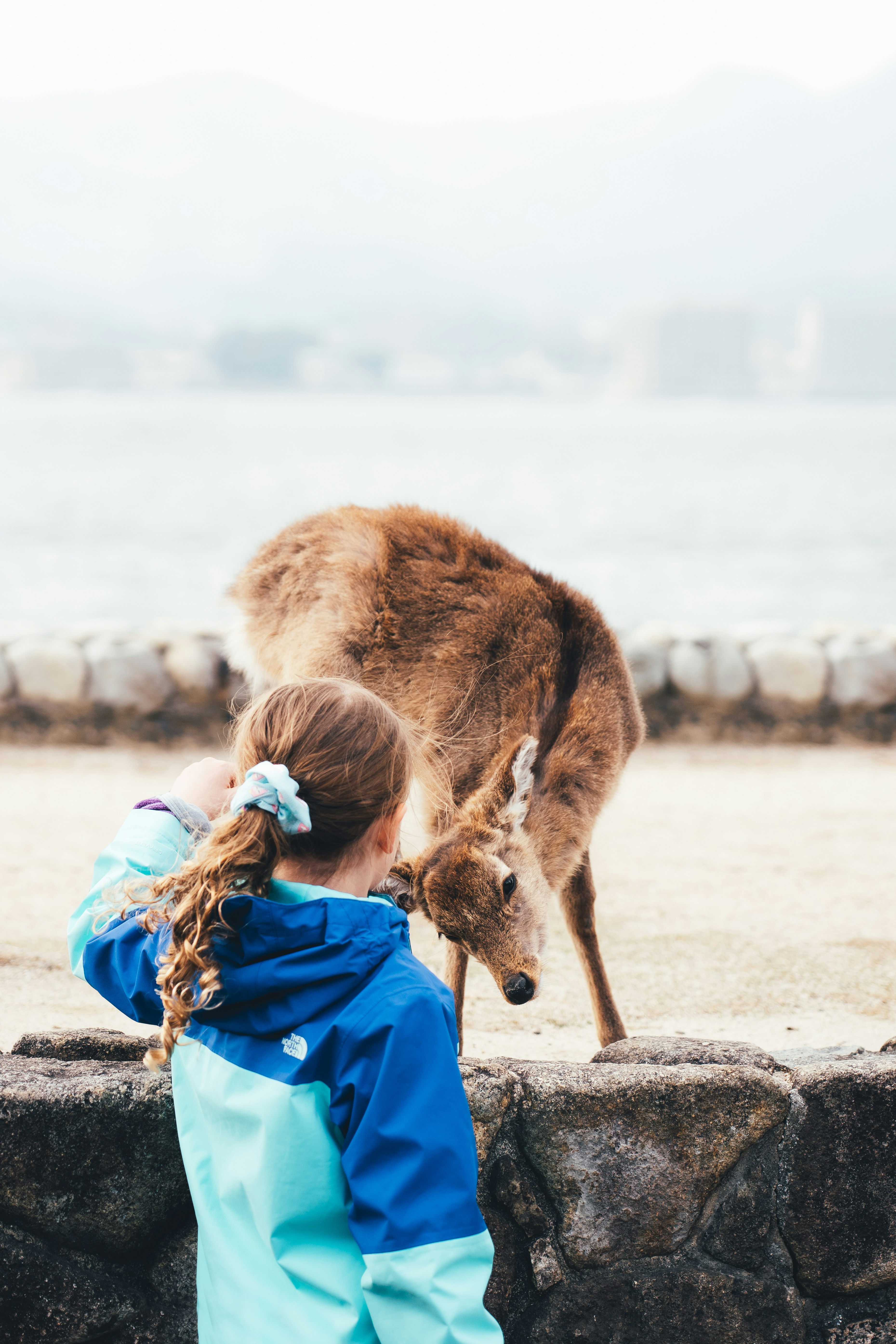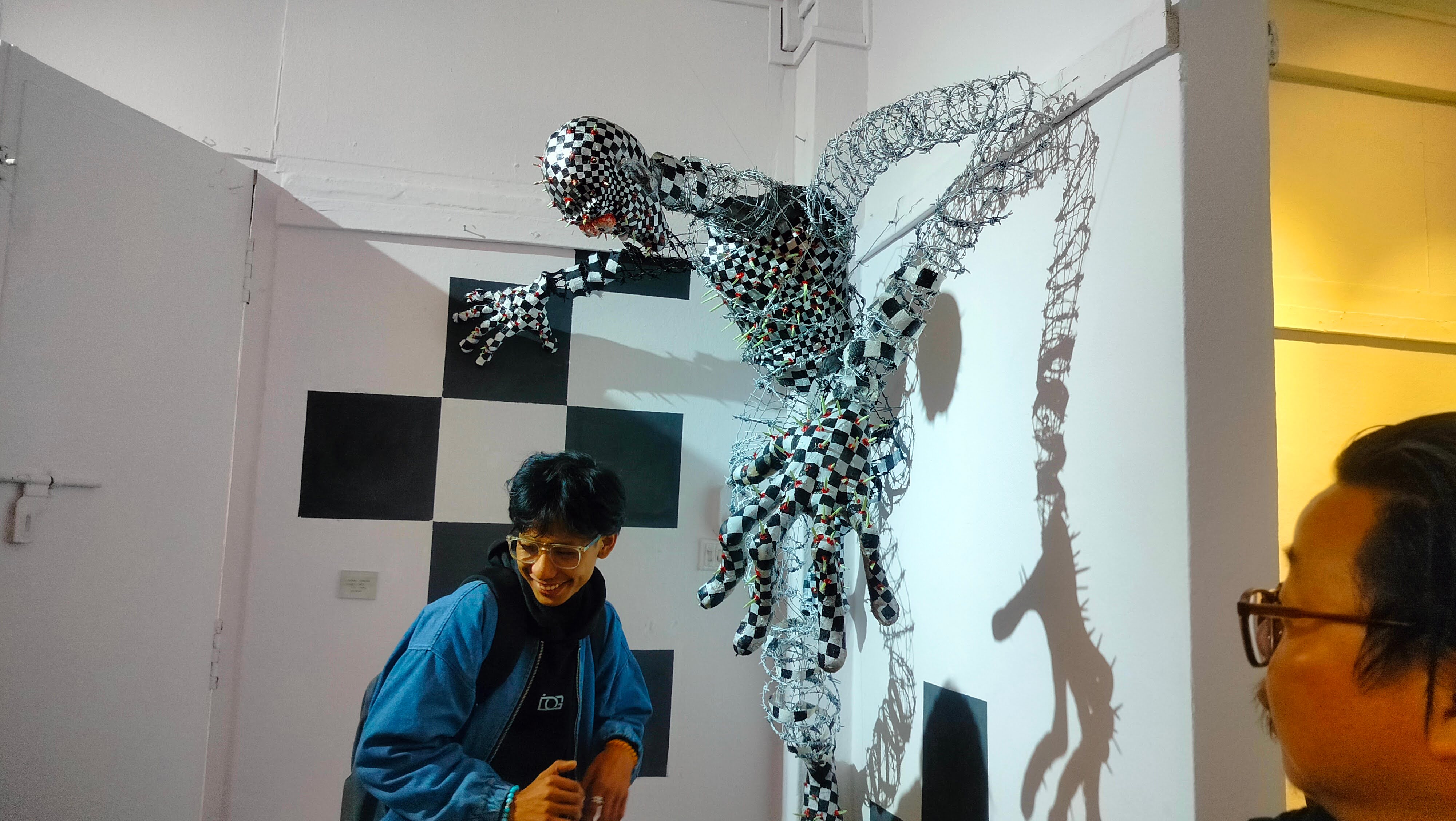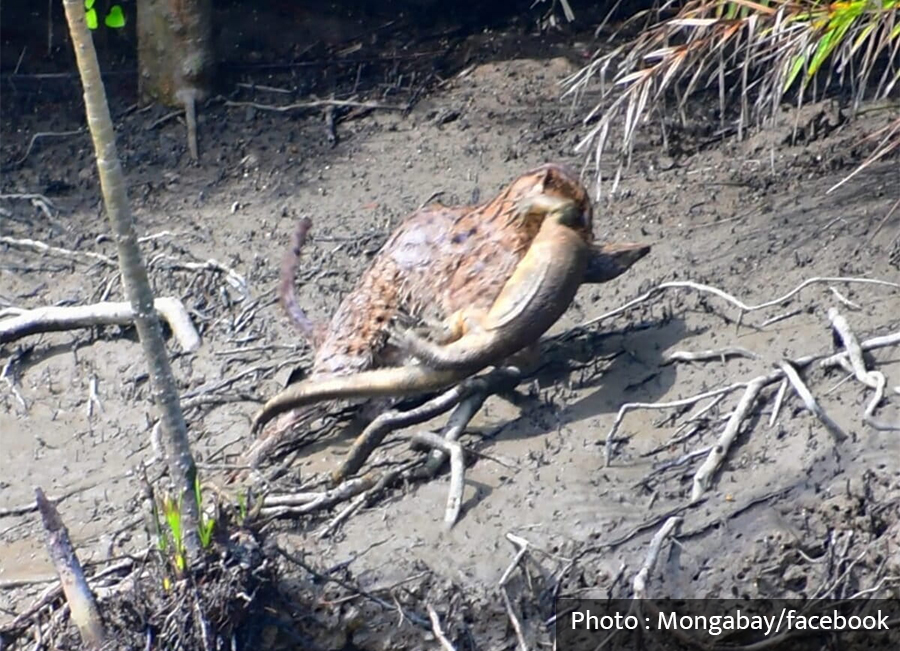
In today’s fast-paced and stress-filled world, it is no secret that we are all seeking moments of solace and connection amidst the chaos. That is where the healing touch of our furry companions comes into play.
Picture this, you are sitting in a quiet room, feeling the weight of the world on your shoulders. Then suddenly, a friendly pup saunters in, wagging its tail. It offers a comforting presence amid the whirlpool inside your mind. You tend to forget about it and be in the moment to caress the pure soul.
It is moments like these that remind us of the powerful bond between humans and animals and the potential for profound healing that lies within it. Moreover, animal-assisted therapy (AAT) is one of the therapies that help to reduce anxiety and boost mood.
What is animal-assisted therapy?

Animal-assisted therapy, affectionately known as pet therapy, is a beacon of light in an otherwise hectic landscape.
It is not just about cuddling cute critters (although that is certainly a perk!). It is about tapping into the inherent connection we share with our animal friends to promote wellness on every level.
From reducing stress and anxiety to boosting mood and fostering a sense of belonging, the benefits of animal-assisted therapy are as diverse as the creatures themselves.
In the hustle and bustle of modern life, the simple act of petting a furry friend or sharing a moment of quiet companionship can work wonders for our well-being. Whether it is a gentle purr, a comforting nuzzle, or the joyous bark of a therapy dog, these interactions have a way of melting away tension and bringing a sense of peace to even the most frazzled souls.
It is a reminder that amidst the chaos, there is always room for a little love and connection – and our animal companions are here to provide just that.
From hospitals and nursing homes to schools and rehabilitation centres, animal-assisted therapy programmes are leaving an indelible mark on individuals of all ages and backgrounds. Whether it is the comforting presence of therapy dogs, the therapeutic motion of equine-assisted therapy sessions, or the serene ambience of agricultural therapy with farm animals, the impact of these interactions is nothing short of transformative.
Compassionate companionship and stress alleviation

Animals possess an extraordinary knack for providing solace, companionship, and unwavering affection. Engaging with animals has a profound effect on alleviating feelings of isolation, melancholy, and unease; fostering a deep sense of tranquillity and emotional wellness.
The mere act of spending time with animals has been scientifically proven to reduce the levels of stress hormones such as cortisol, while also diminishing physiological indicators of stress, including blood pressure and heart rate. Whether it is the gentle strokes of a dog’s fur or the rhythmic purring of a cat, these moments evoke a profound sense of relaxation and serenity.
As the landscape of animal-assisted therapy unfolds, researchers continue to unveil novel applications and potential benefits of integrating animals into therapeutic practices. From aiding veterans grappling with post-traumatic stress disorder (PTSD) to nurturing children on the autism spectrum, the reach of animal-assisted therapy programmes is vast and varied, promising tailored support for diverse needs.
In essence, the profound bond between humans and animals stands as a testament to the enduring power of compassion and connection.
By embracing the therapeutic potential of animal-assisted interventions, we can forge pathways to improved health outcomes, heightened quality of life, and holistic well-being for individuals and communities worldwide.
Let us embark on this journey together, cultivating a deeper understanding of the transformative impact of animal-assisted therapy and fostering a future enriched by healing and growth.























